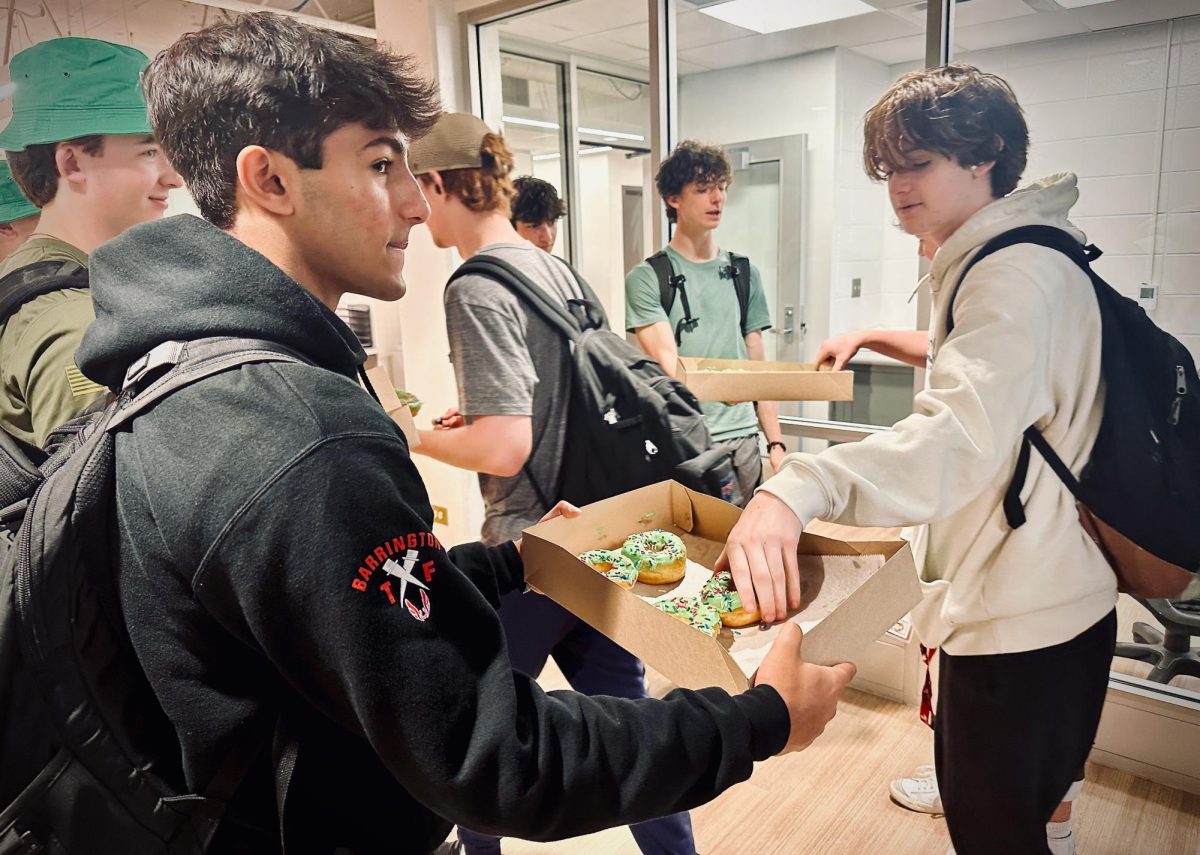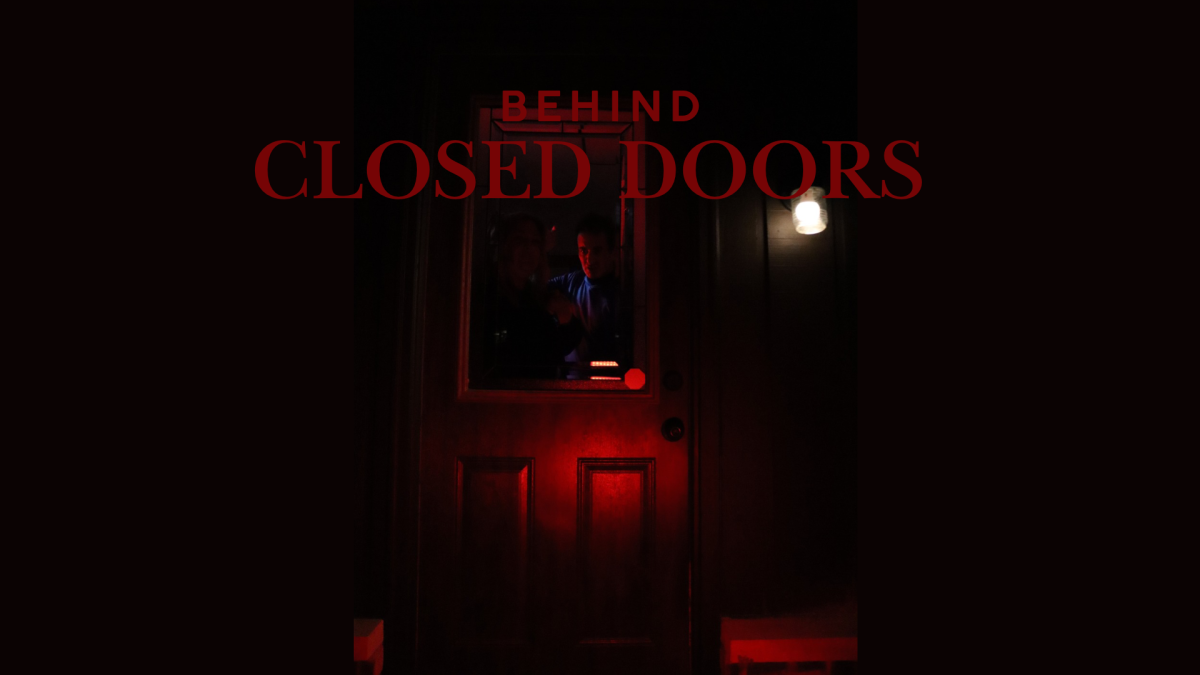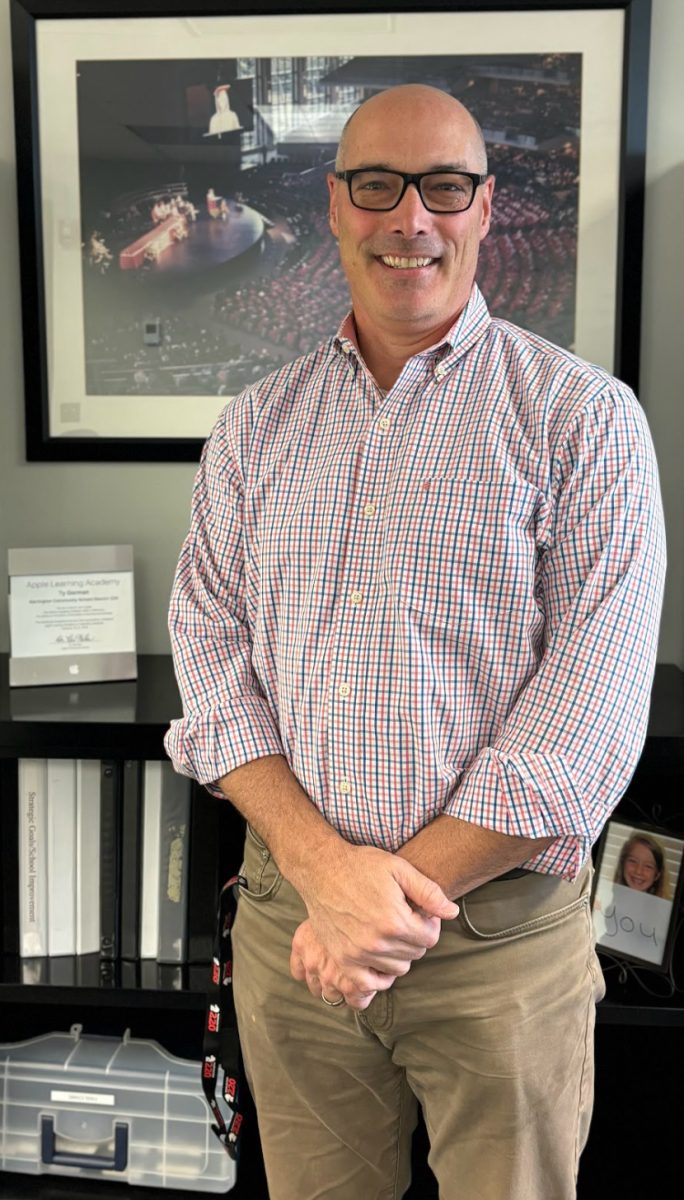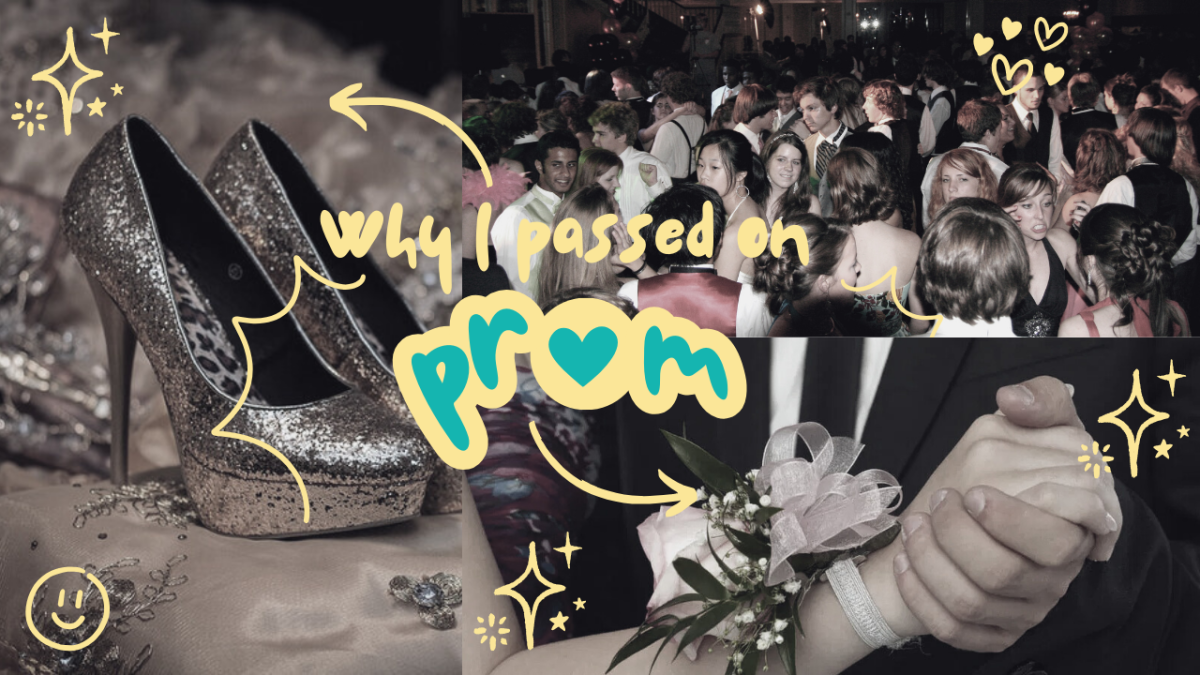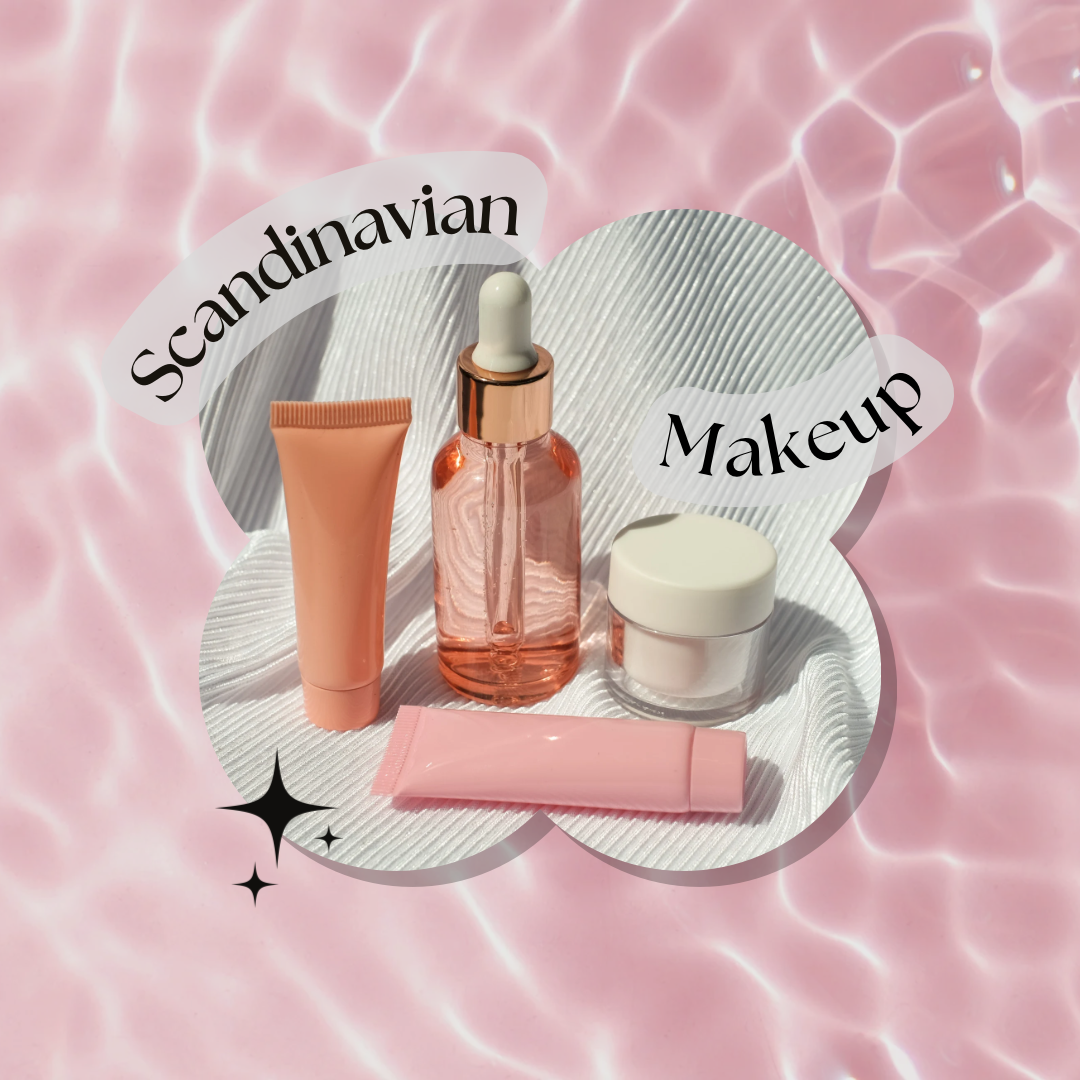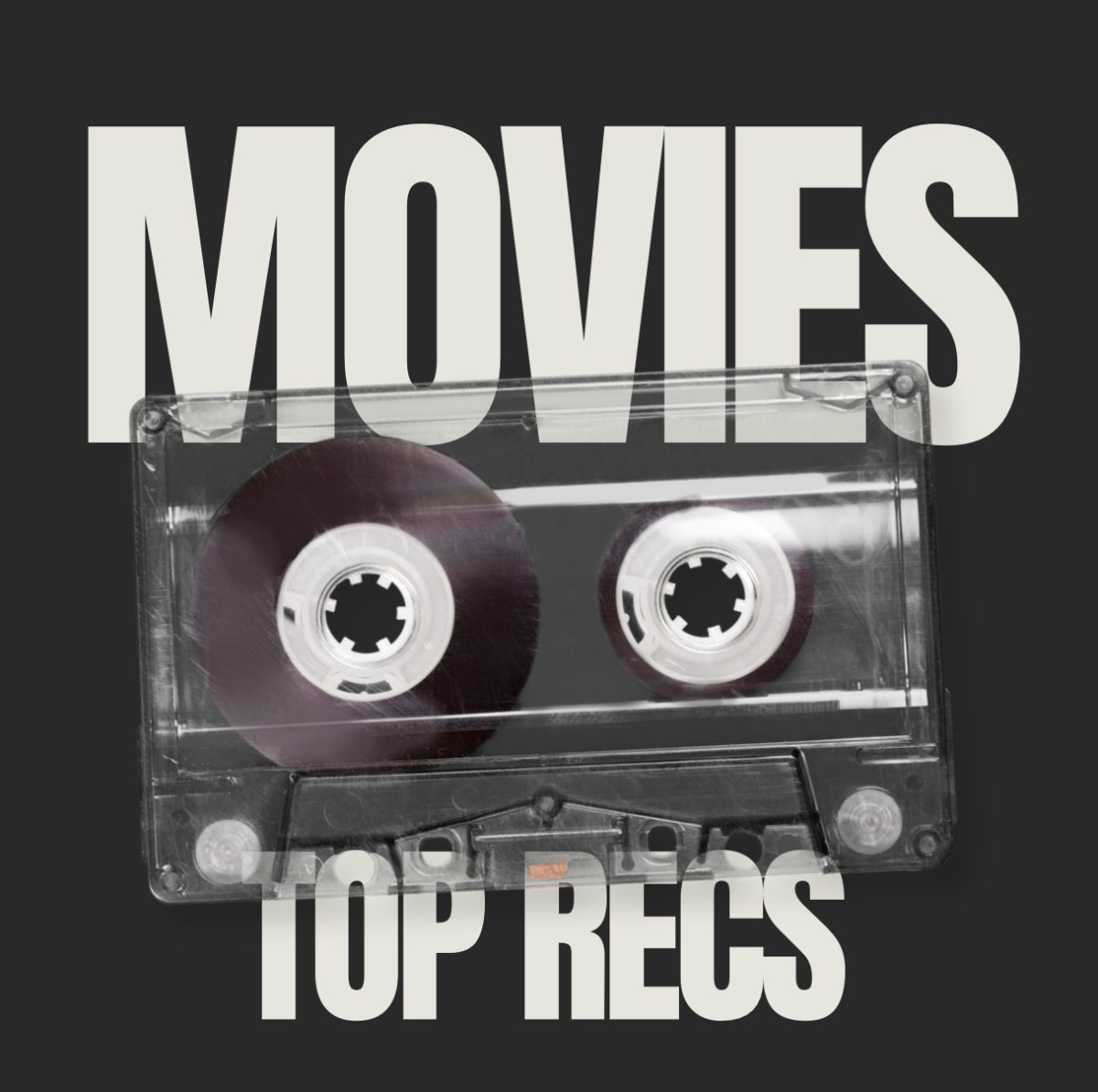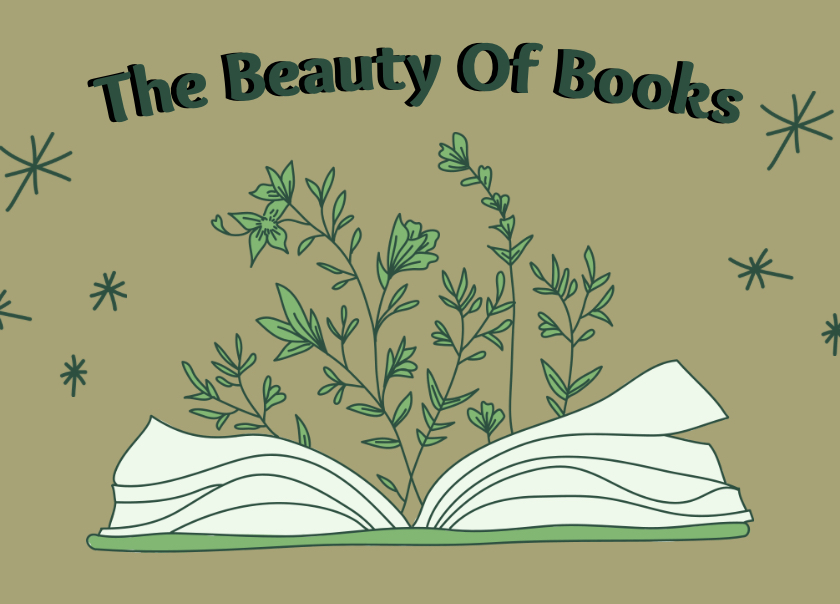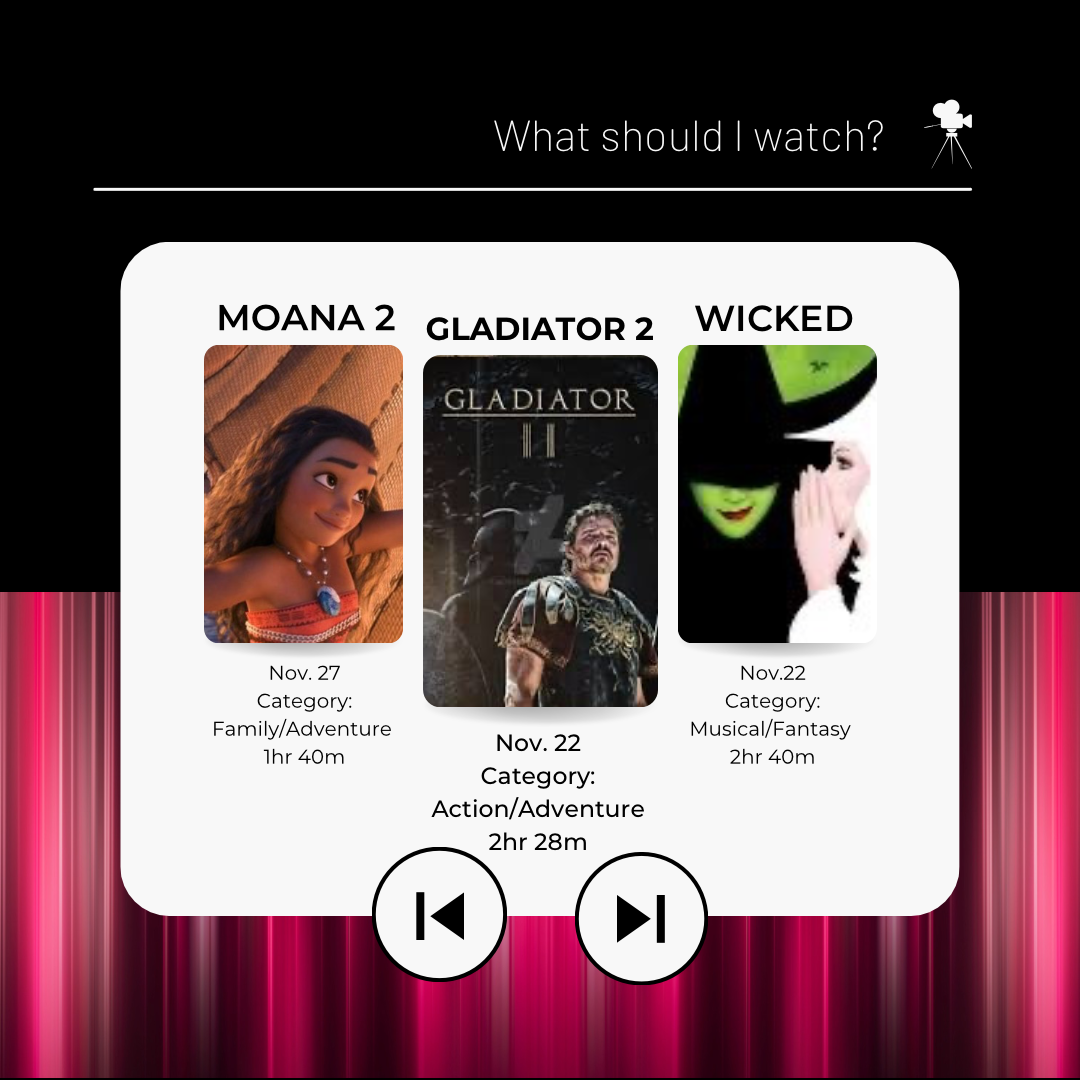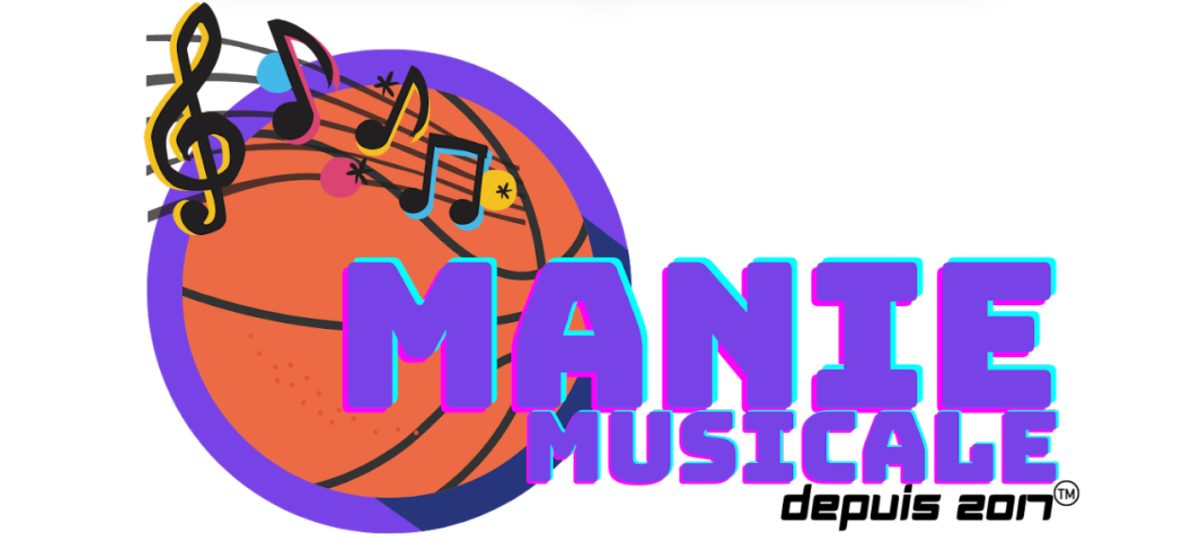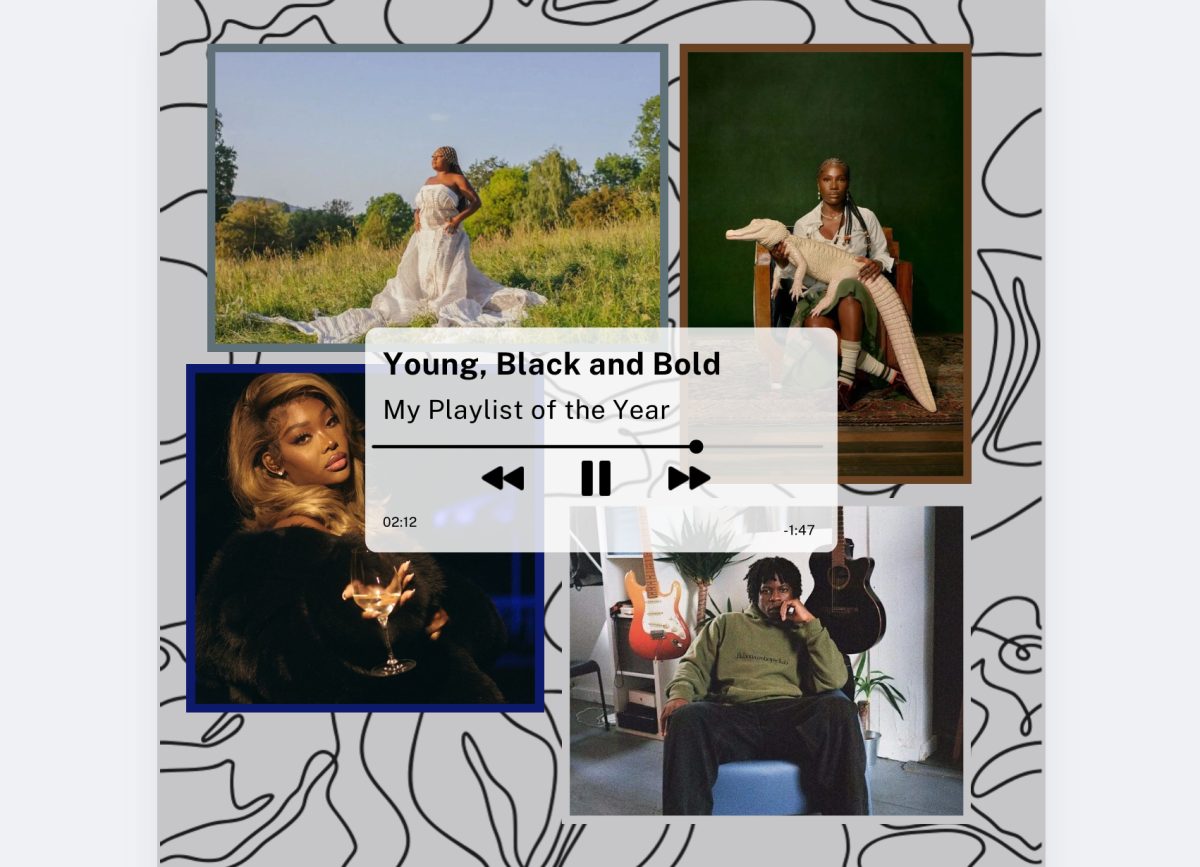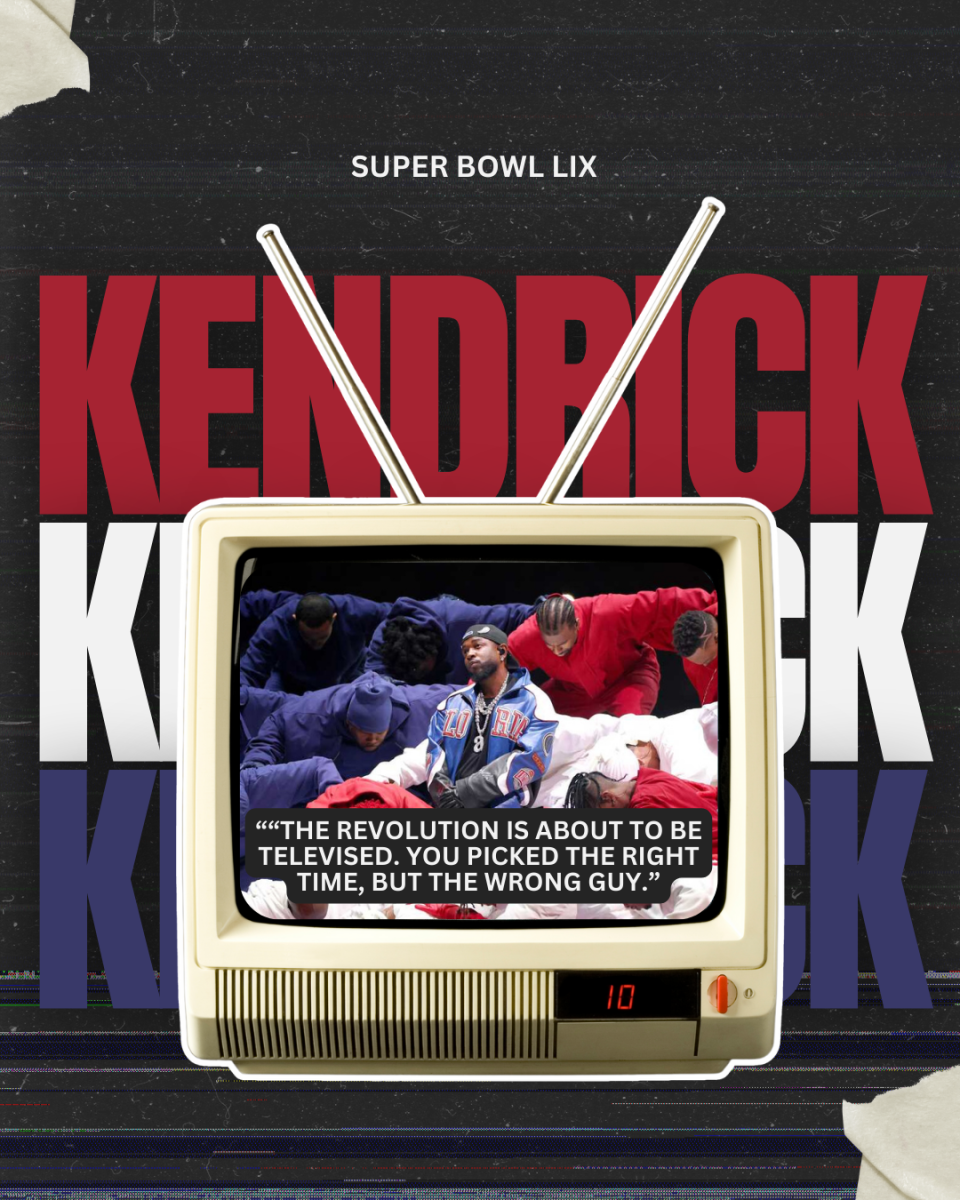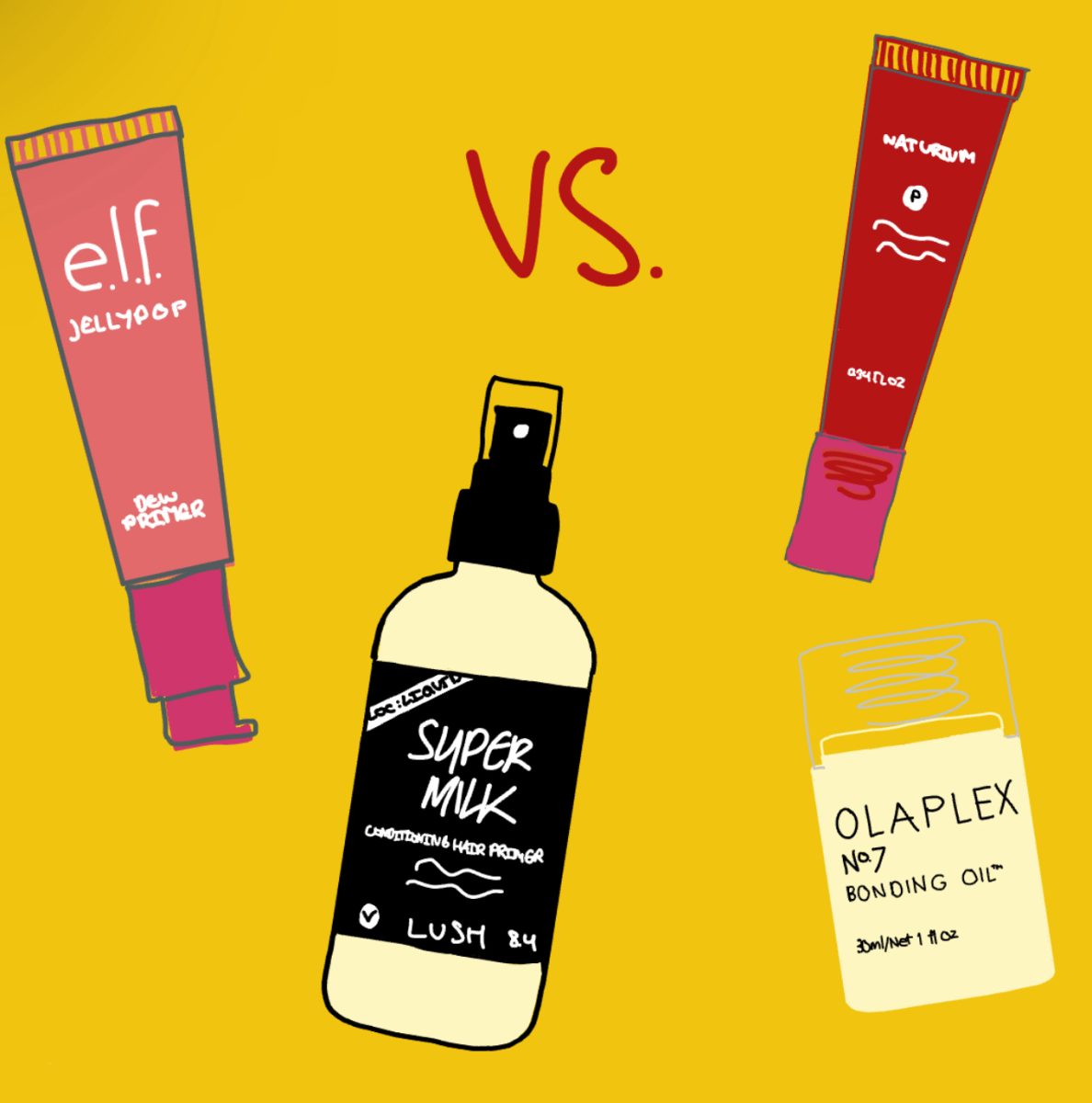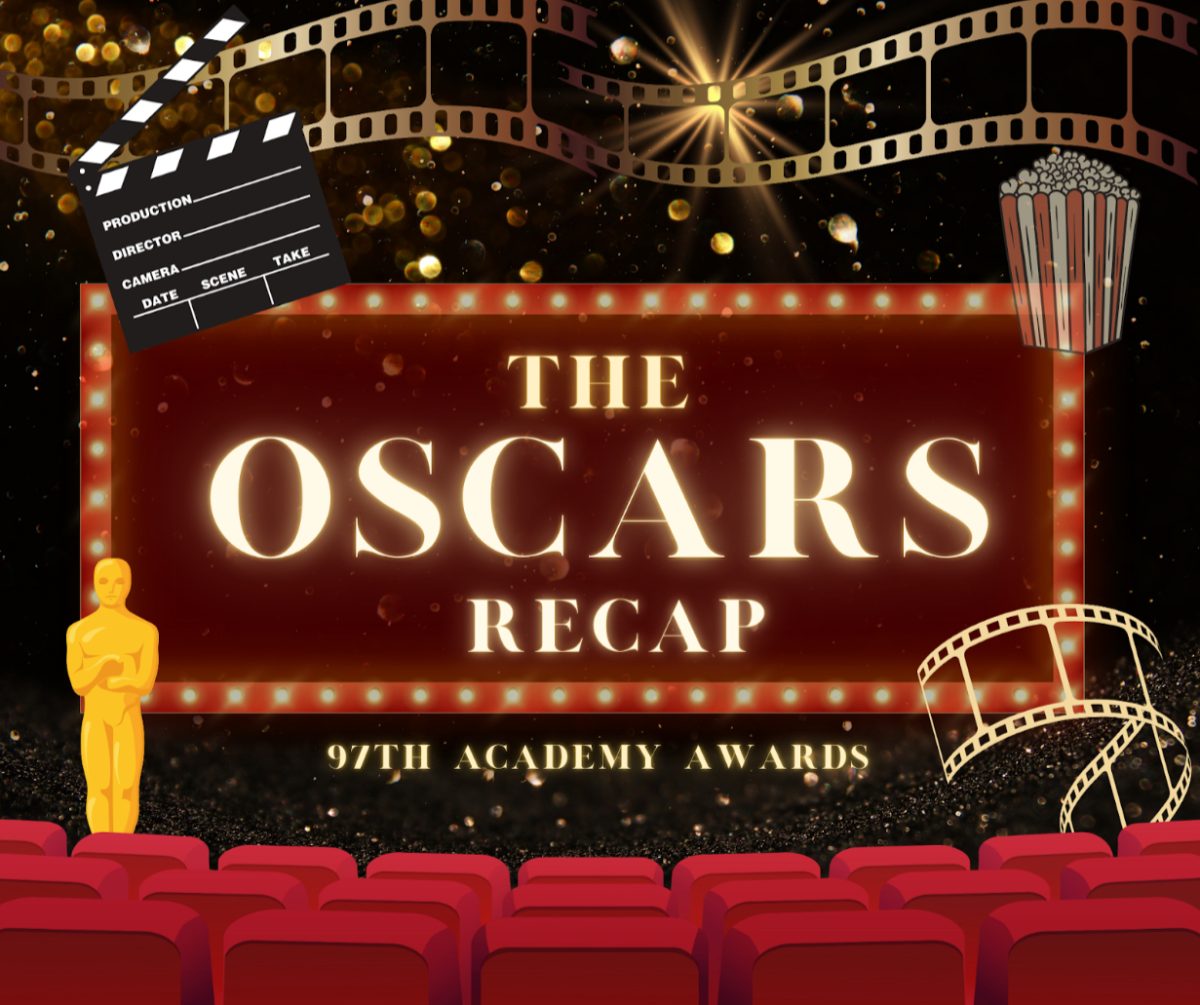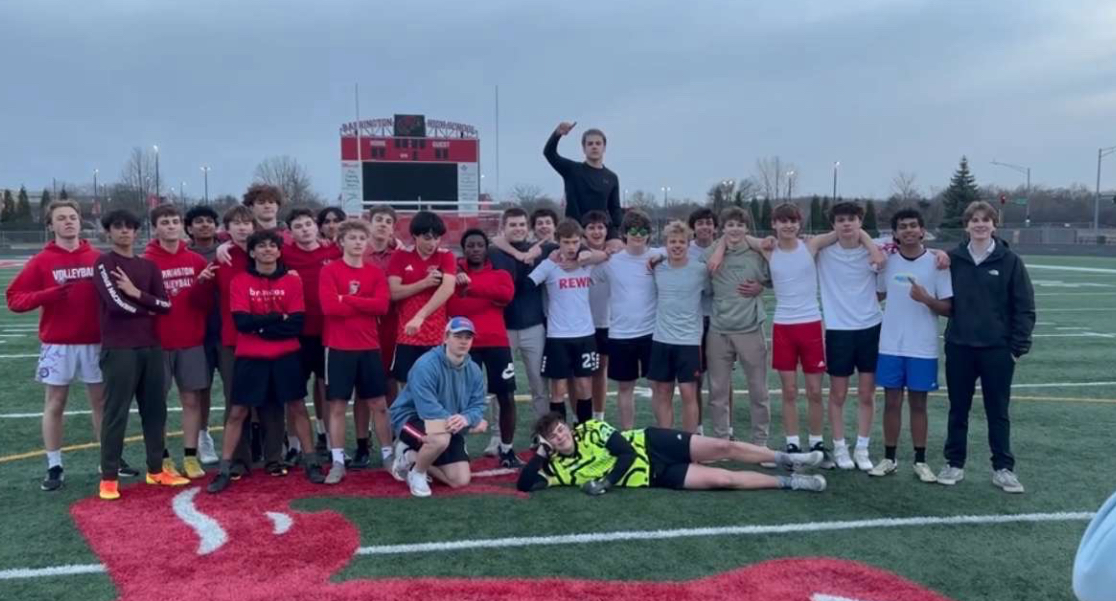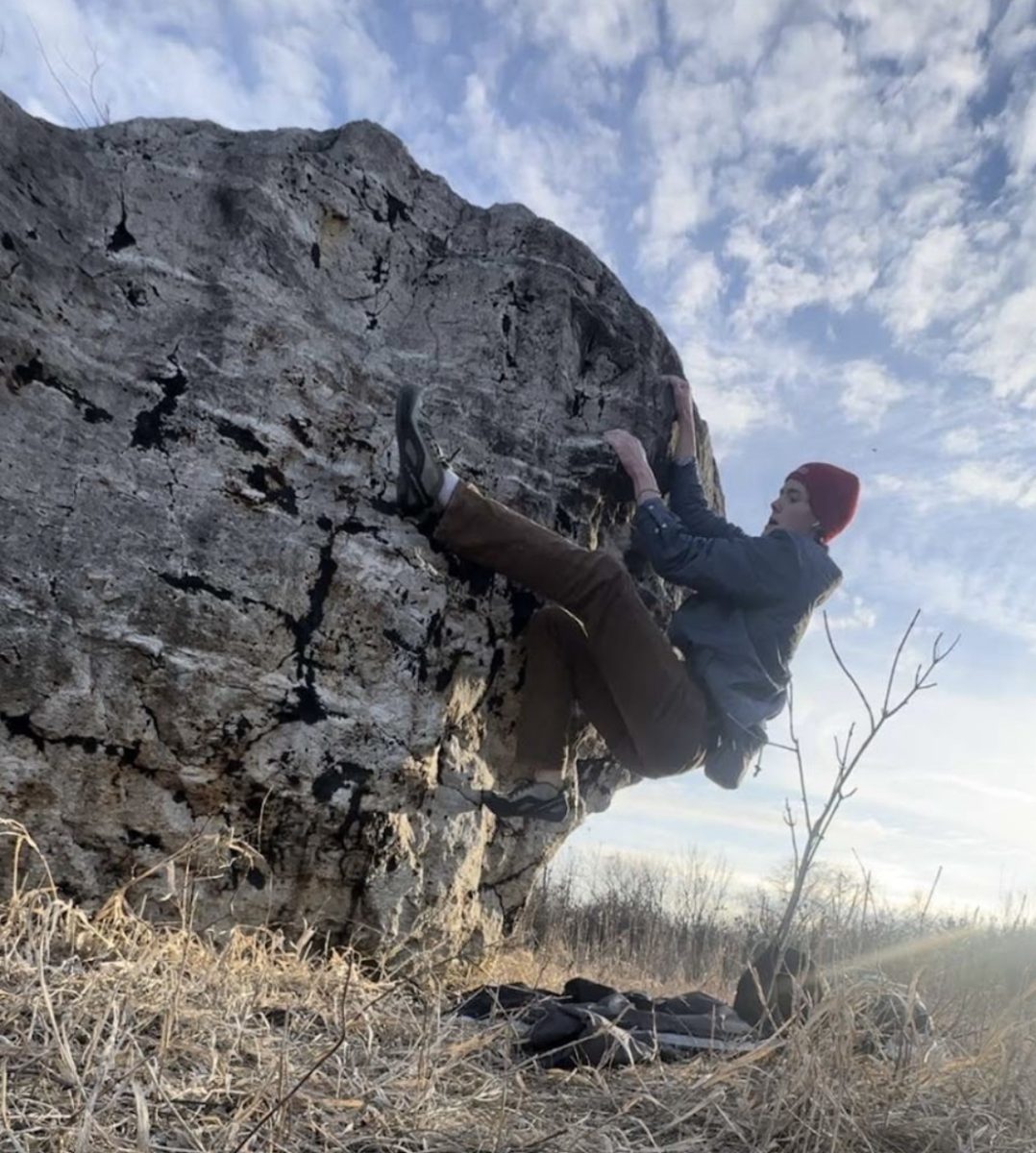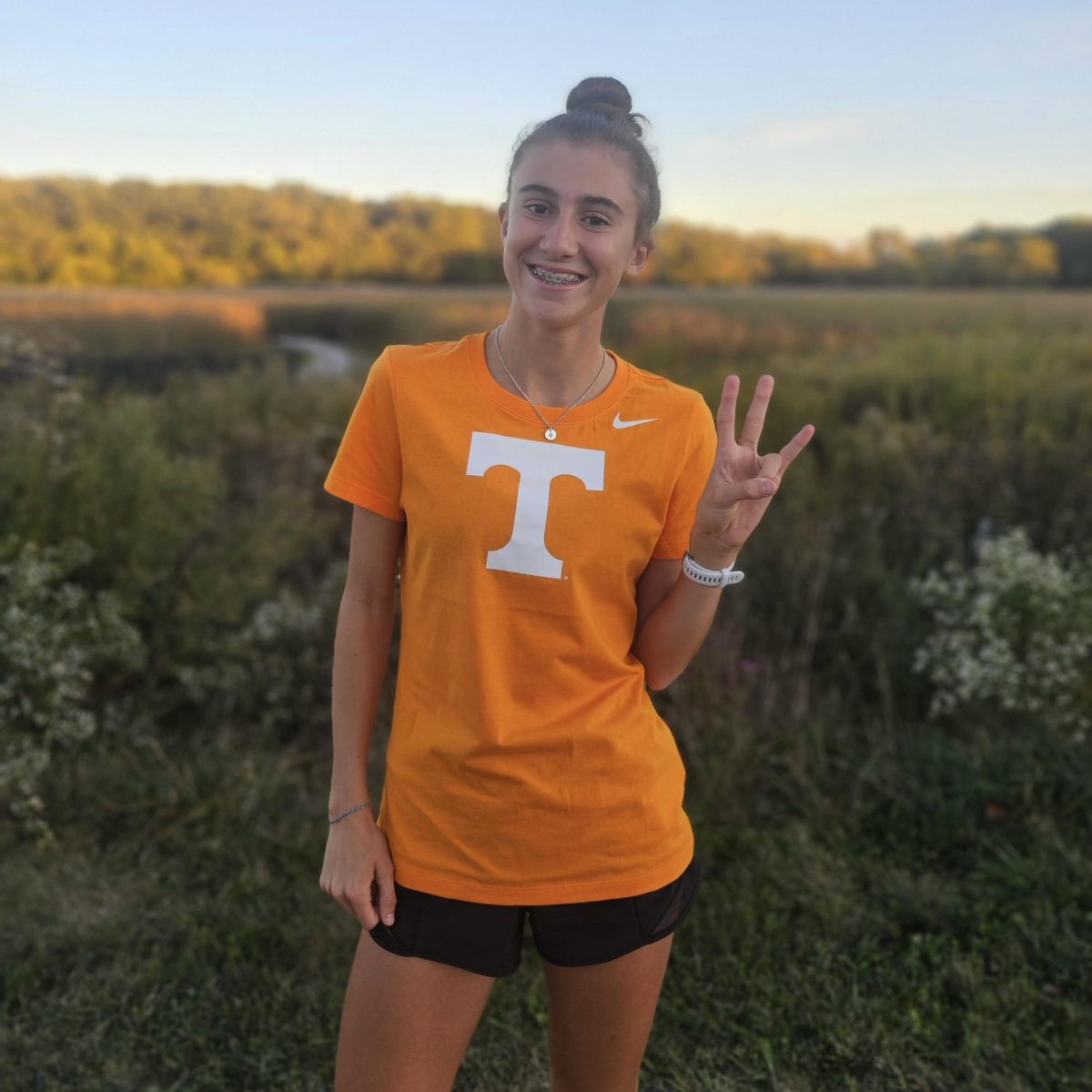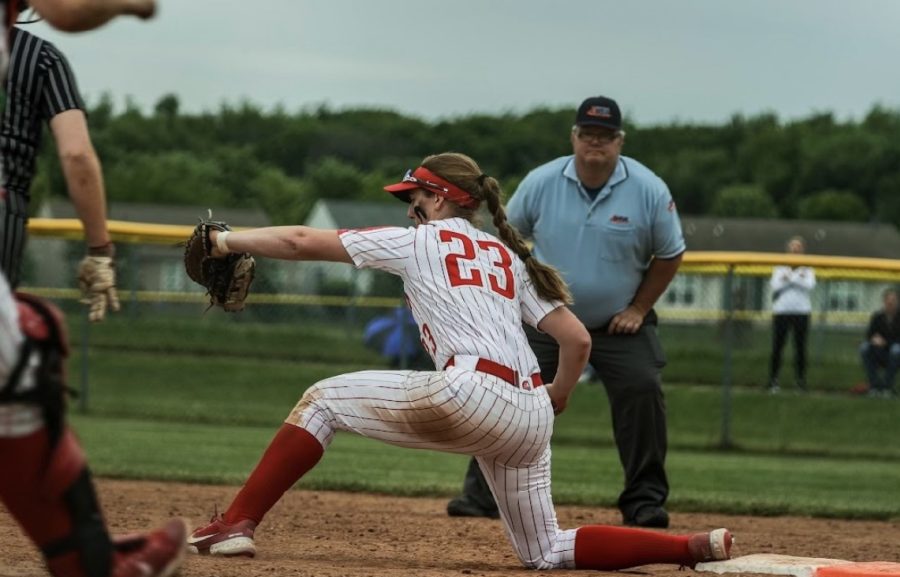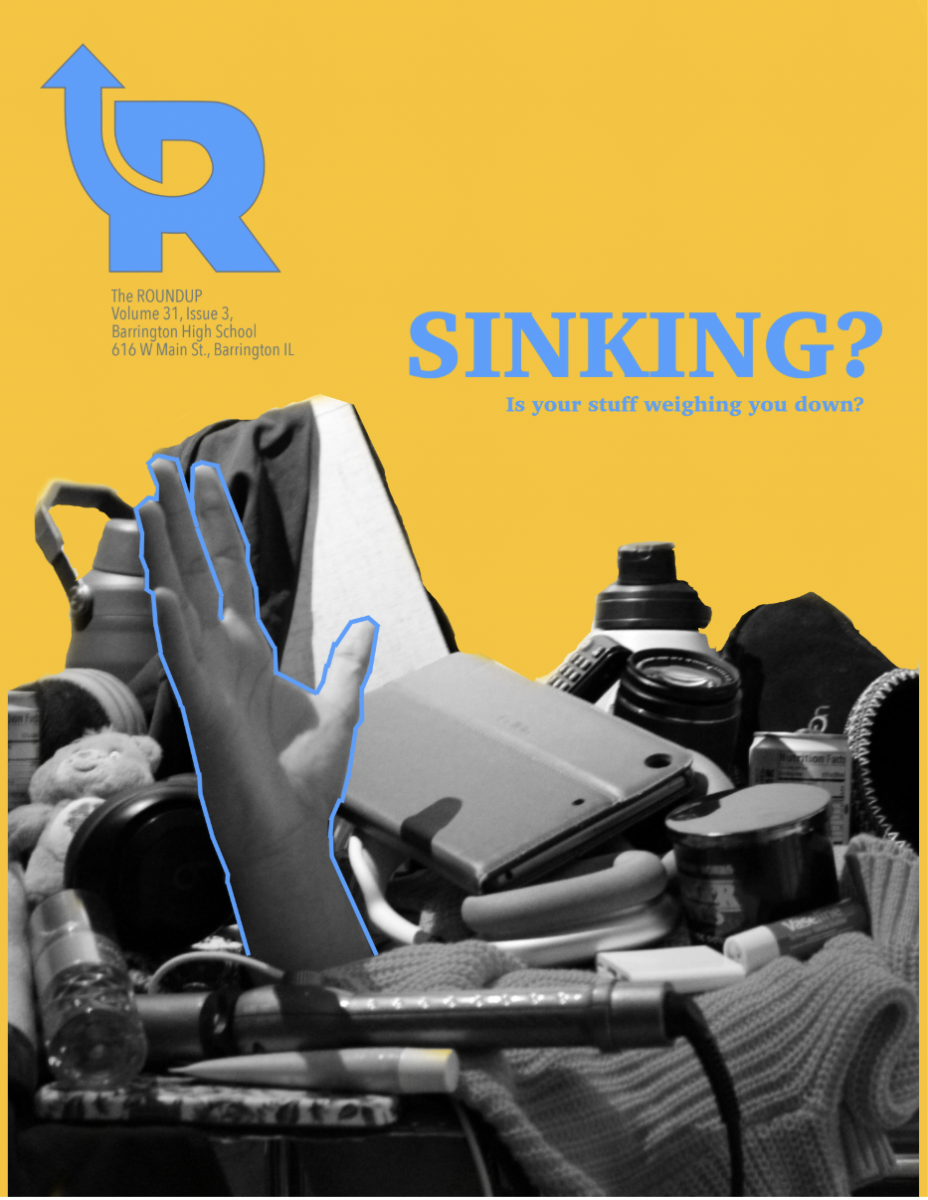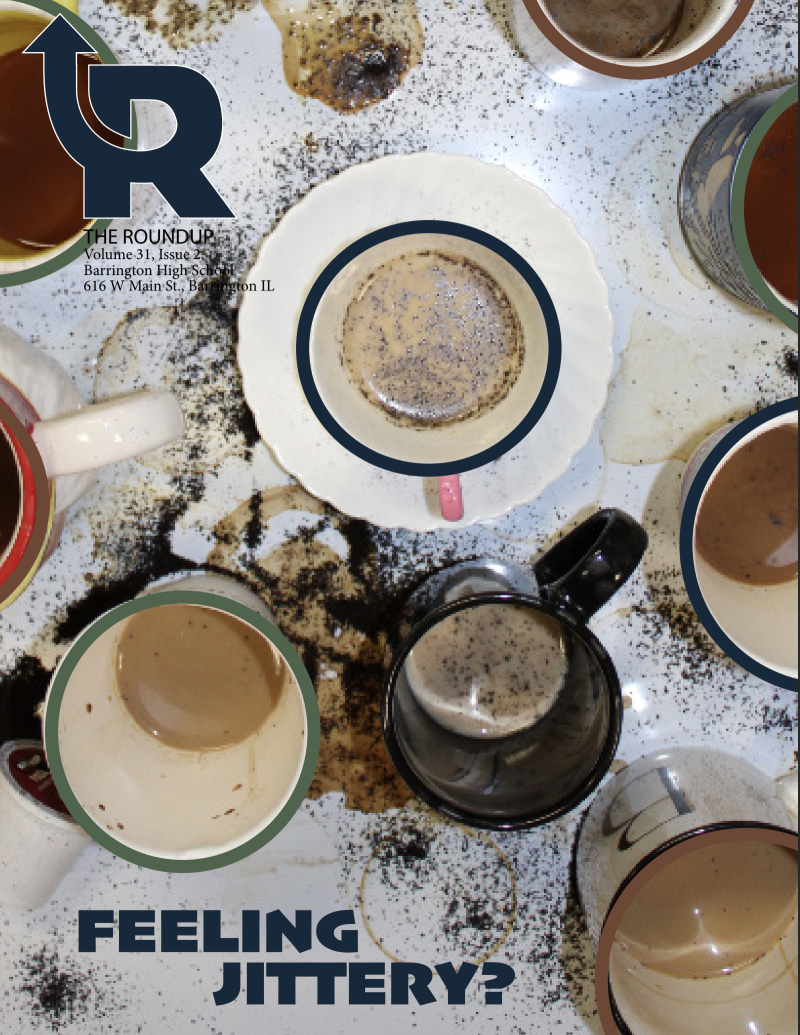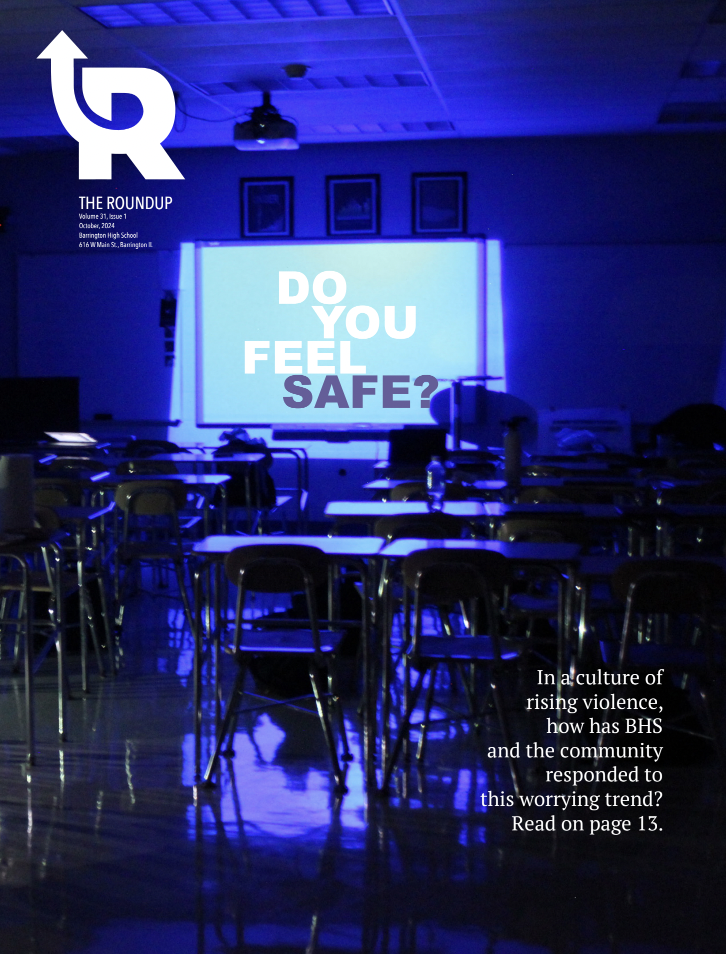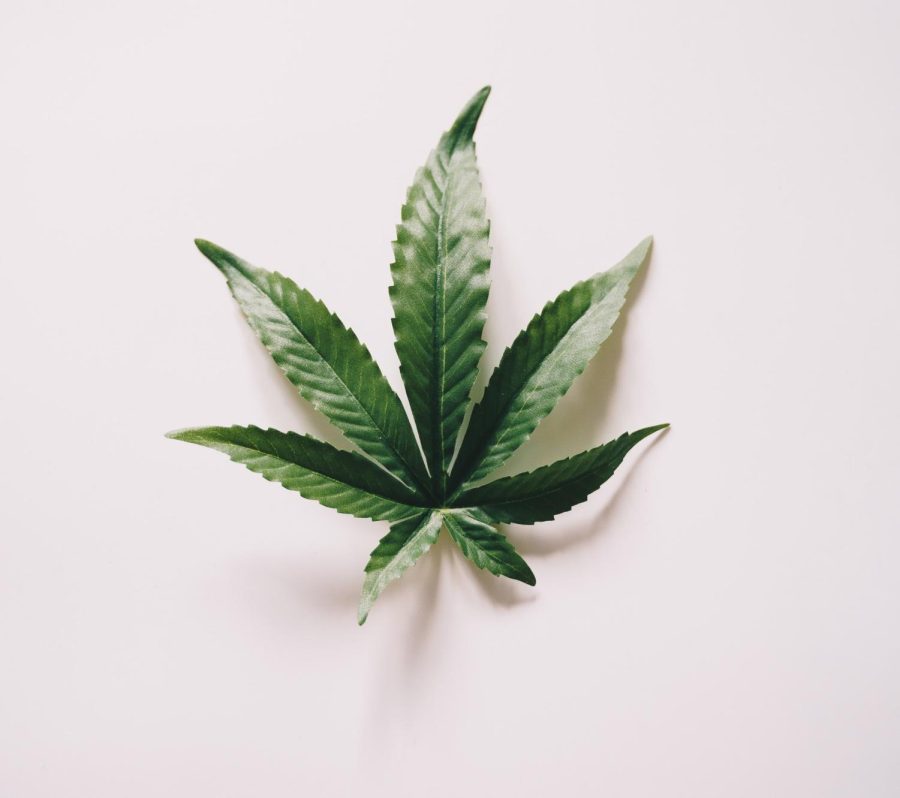A school appropriate conversation on cannabis
An enormous, slick poster hangs on the school bathroom walls. In bolded, red letters, the posters tell us that substance use is wrong. Terrible for your health, destructive for your mentality; it’s just plain bad. Broncos Committed, a school committee dedicated to abstaining from alcohol, nicotine, and marijuana hands out free rubber bracelets, and T-shirts in the school halls. It’s not just a club, it’s a lifestyle, is the Broncos Committed motto. So, you’ve heard of all the misuse and violence that has ensued from drug use, the ever present abuse and addiction, and how substance use is, essentially, the root of all evil. We’ve all had the SEL lessons on why we must avoid cannabis like the plague. But is it all true?
Nearly 50 million years ago a new, blooming plant, protto-cannabis, began developing among the Asiatic continent. While India was colliding into south-central Asia, the many proto-cannabis populations moved closer to one another. These populations contained a heavy THC concentrate and anti-inflammatory CBD. While humans were struggling to walk upright about 60 million years after, cannabis had already evolved into the two species we see today: Sativa and Indica.
From there, the spread of recreational drug use flourished. As humans began moving to the Eurasia continent 30,000 years ago, they discovered cannabis in the Himalayas. As homosapiens traveled continent to continent, cannabis followed. The Maztecs ingested the substance in meditation in order to provide clarity and open mindedness. Besides meditation, cannabis was used for medical use. A great healer, from back pain to depression, cannabis was used as ailment for centuries.
We’re taught at Barrington High School the socially appropriate view on cannabis. It’s contorted into something dangerous, harmful, lazy-inducing, rebellious, unproductive and violent. Used by thugs, stoners, drop outs, rebels, troubled teens, drug addicts, and hippies. This is by no means all wrong, it’s merely half the picture. Cannabis is not inherently bad, it’s the misuse of it which creates such a negative stigma.
Today, cannabis is legal in eighteen states, including Illinois. The legalization of cannabis was, and still is, a long, strenuous journey. Beginning on January 1st, 2014 Colorado became the first official state to legalize dispensaries for cannabis. This was the first time that recreational use of marijuana became legal in America. Although, this wasn’t the first legalization of cannabis. The first began in 1996, with good ole’ California. Medical Marijuana was accessible for Californians with a state issued ID for health related concerns only. But with this came a middle grey area, even today. Medicinal marijuana is accessible for those with generalized anxiety or depression, but considered harmful for other illnesses such as obsessive compulsive disorder. So why is cannabis ‘bad’ if it’s been legalized, and re-legalized, so much? There’s a good reason.
Before modern America, drugs were treated as what they were: a plant. Now, the legalization of marijuana is financially harmful for the pharmaceutical industry. If we have a natural, and healthy substance readily available, Adderall, Xanax and other man-constructed substances would no longer be first on the shelf. Our medical economy would suffer a loss in profit. On the DEAs website, under drug scheduling, it classifies the use of drugs into separate sections regarding potential addiction and medicinal purpose. Schedule I contains LSD, cannabis, ecstasy and other addictive drugs such as heroin.
Schedule I drugs are deemed as “drugs with no currently accepted medical use and a high potential for abuse.” The former is correct: marijuana is a highly addictive substance and should not be used as a distraction or coping mechanism. The latter, however, is enormously biased.
Schedule II is defined as “drugs with a high potential for abuse, with use potentially leading to severe psychological or physical dependence.” These legal drugs, opioids mostly, are also responsible for the most deaths, suicides, and the clause behind the opioid pandemic. Natural substances- psychedelics, marijuana, and L.S.D- are not responsible for any deaths. Except one very suspicious closed case involving a homicide, and a staged overdose on L.S.D. The natural plant that has caused zero deaths in all of history, and simultaneously would create a mass loss in profit for our pharmaceutical economy if fully accessible, is cannabis.
Terrence McKenna, a Bob Dylan-like ethnobotanist, was one of the greatest advocates for psychedelic use during the mid 1960s to his death in 2000. He spoke consistently of cannabis. Tao Lin, a novelist and a star struck fan of McKenna, explained the reasoning behind his drug use best in his book “Trip”. Lin has had a history of substance using, and a long list of mental illnesses. He explains why legalizing cannabis has been beneficial for those like him.
“Smoked with strategic control of amount, timing and purpose, cannabis transports me multiple times a day. Outside, I change my thoughts with surprising ease; instead of being distracted by my own worried face and recursive internal monologue, I see the world with unselfconscious, appreciative eyes.” (Lin, 2018.)
This article is in no means intended to push forth the narrative that drug use is cool, fun and daring. It’s an experience that we should not be taught to avidly avoid. Instead, students at Barrington High School must be educated on the detrimentalities that come with drug use, and allow them to form their own perceptions. Teaching abstinence is not only outdated, but ineffective and has been proven not to work. Avoiding standard statistics on such, take a look back on our elementary school years, to now. I’m sure you’ve heard the phrase “Just say no.” It’s printed on our district’s anti-drug posters, it’s told to us when we’re little enough to make it stick, and it’s what our parents tell us when we get on the bus on the first day of middle school.
It’s the epitome of what they teach us in school, and what we learn from our parents, but it just doesn’t make sense. It implies that at some point in adolescence, one would be forcefully peer pressured into consumption of substances. Yet, this message is confusing because it’s built on a scenario that students do not feel would actually happen. When, if ever, have you had access to free marijuana with an aggressive indication that you must consume it? I’ll wait.
“The word remained undifferentiated, referencing to a single, bad substance I’d never seen.” ( Lin, 2018.)
Instead, students should be learning the plethora of good- and bad- that comes from ingesting marijuana.
Cannabis is able to ease worries with it’s THC compound. It is a weight lifted off of shoulders for those with anxiety, depression, ADHD, and the long long list of other disorders. It’s anti-inflammatory compounds relax our physiological parts, lessening strain on muscle and our body.
One of the best and only justified ideals in our anti-drug society is age limitations. Although it’s great to begin getting informed on cannabis during older adolescence, 21 is still the legal age restriction enforced in Illinois. Rightfully so because our brains do not fully develop until we are well into our mid twenties. Cannabis is a mind altering substance. It changes your Cannabinoid receptors- they are responsible for appetite, memory, and mood- and can permanently morph your brain. At 15, 16, or 17 years old we are still in a critical period of development. Cannabis is a highly addictive substance, and can cause extreme dissociation. Dissociation is defined as a sometimes temporary- but also possibly permanent- mental illness. One under dissociation may feel extreme disconnection from reality, from their thoughts and discontinuity between memory.
In moderation, at legal age, drug use can be wondrous for the mind, spirit and body.
“Cannabis transports me outside my sphere of worry— the dreary, unpleasant place where some to most of me normally exists and where, in my tetchiest moments, I feel unable to stop lingering on things I’ve already told myself to stop worrying about. Ingested carefully…cannabis can relocate all of me outside the sphere for more than three hours- often so far away I forget it exists.” (Lin, 2018.)
Your donation will support the student journalists at Barrington High School! Your contribution will allow us to produce our publication and cover our annual website hosting costs.


